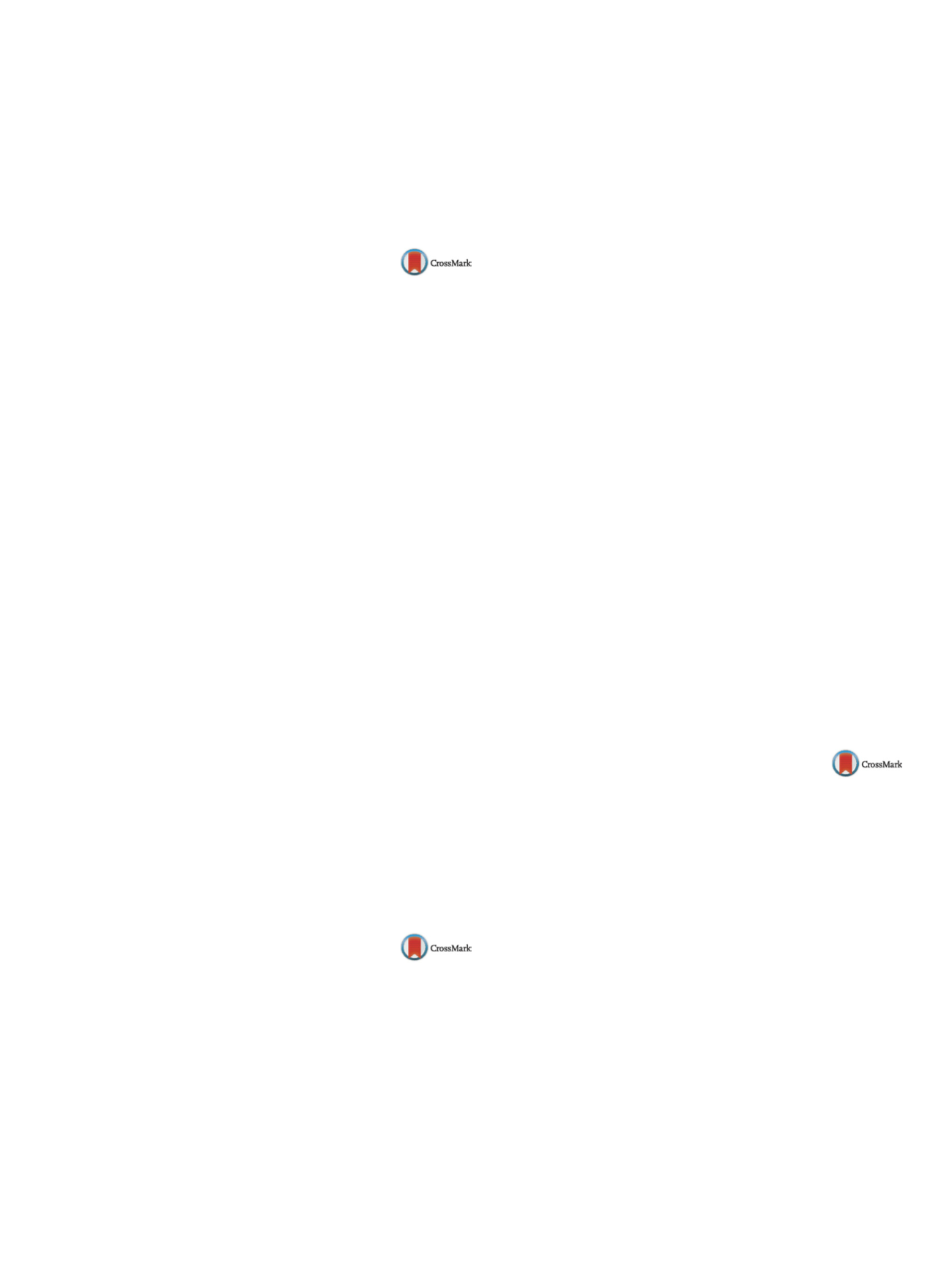

25th European Congress of Psychiatry / European Psychiatry 41S (2017) S772–S846
S813
Conclusions
The CESQ Portuguese version demonstrated good
validity and reliability, replicating research using the original
version and adding to the documentation of its psychometric prop-
erties.
Disclosure of interest
The authors have not supplied their decla-
ration of competing interest.
http://dx.doi.org/10.1016/j.eurpsy.2017.01.1576EV1247
Help-seeking behavior among
patients and their relatives presenting
to psychiatric unit in southern Sri
Lanka
K.D.D.R. Goonawardena
∗
, S.W. Kotalawala , R. Ruban
Teaching Hospital Karapitiya, Psychiatry, Galle, Sri Lanka
∗
Corresponding author.
Background
Early recognition of the signs and symptoms of psy-
chiatric illnesses is important as the delay would predict worse
prognosis.
Aims
To study the help-seeking behavior and sociodemographic
factors of psychiatric patients presenting to Psychiatric Unit Teach-
ing Hospital, Karapitiya.
Methods
A descriptive cross sectional study. Sample drawn from
patients presenting for the first time to Psychiatric Unit Teaching
Hospital, Karapitiya. An interviewer administered questionnaire
was used to collect data.
Results
Age ranged from 13 to 76 years (
n
= 50). Males 34
(68%). Duration from onset of symptoms to first presentation
ranged from 2 days to nine years, mean 2 years. Twenty-five
(50%) had symptoms for more than one year. Sixteen (32%)
stated to have attributed illness to supernatural courses as the
reason to delay seeking medical help. None gave difficulty in
accessing a psychiatric unit as reason for the delay. Twenty-six
(52%) referred by nonpsychiatric medical professionals. Regarding
alternative treatment engaged in prior to presentation to a psy-
chiatric unit, eighteen (36%) tried to dispose of evil spirits with
the help of yakaduru or kattadi, seven (14%) sought help from
indigenous medical practitioners and twenty (40%) engaged in
religious rituals. Thirteen (26%) sought nonpsychiatric medical
treatment.
Conclusions
A substantial number of patients suffering from psy-
chiatric disorders present to psychiatric units delayed. As the
majority were referred by nonpsychiatric medical professionals,
alerting them regarding importance of early identification of psy-
chiatric illnesses could help in reducing the delay.
Disclosure of interest
The authors have not supplied their decla-
ration of competing interest.
http://dx.doi.org/10.1016/j.eurpsy.2017.01.1577EV1248
Associations between cognition in
parents with schizophrenia or bipolar
disorder and their 7-year old high-risk
offspring
A.N. Greve
1 ,∗
, J. R.M. Jepsen
2 , V.Bliksted
1 , E.L. Rasmussen
3 ,D. Gantrii
s 1 , B.K. Burton
4 , D.Ellersgaard
5 , C.J.Christiani
5 ,K. Spang
4 , N.Hemager
5 , A. Thorup
5 , M.Nordentoft
5 ,K.J. Plessen
4 , O.Mors
11
Aarhus University Hospital, Psychosis Research Unit, Risskov,
Denmark
2
Copenhagen University Hospital, Centre for Neuropsychiatric
Schizophrenia Research & Centre for Clinical Intervention and
Neuropsychiatric Schizophrenia Research, Copenhagen, Denmark
3
University of Copenhagen, Department of Public Health and Center
for healthy Aging, Copenhagen, Denmark
4
Copenhagen University Hospital, Child and Adolescent Mental
Health Centre- Mental Health Services Capital Region, Research Unit,
Copenhagen, Denmark
5
Copenhagen University Hospital, Mental Health Centre
Copenhagen, Copenhagen, Denmark
∗
Corresponding author.
Introduction
Neurocognitive and social cognitive impairments
are central characteristics of schizophrenia and, to a lesser extent,
of bipolar disorder. Birth cohorts and familial high risk studies
have described cognitive impairments in subjects before onset of
diagnosis as well as in children with increased genetic risk for
development of the disorders.
Objectives
To our knowledge, this is the first study to investigate
the correlations between neurocogntion and social cognition in
parents and offspring simultaneously and with the same method-
ology. We will divide the parents into subgroups (cognitive
impairment and good cognitive functioning) and use these sub-
groups to describe correlations with their offspring. Identifying
associations between parents and offspring can add important
clues to risk factors for schizophrenia and bipolar disorder and, on
the long-term, help the development of more effective and poten-
tially preventive treatments.
Methods
This study is part of the Danish high risk and resilience
study–VIA7. The VIA7 cohort consists of 522 children age 7 with
zero, 1 or 2 parents diagnosed with schizophrenia or bipolar
disorder and both of their biological parents. We assessed neu-
rocognition and social cognition with a comprehensive test battery
including: intelligence (RIST), executive functions (WAIS-IV, D-
KEFS, CANTAB), verbal memory (TOMAL2), attention, emotion
recognition, decision making and response control (CANTAB), the-
ory of mind (animated triangles) and social perception (TASIT).
Parental subgroups were based on the 95% CI of the controls (cogni-
tive impairment < 95%CI and good cognitive functioning > 95% CI).
Results
Data analysis is ongoing and results will be presented at
the conference.
Disclosure of interest
The authors have not supplied their decla-
ration of competing interest.
http://dx.doi.org/10.1016/j.eurpsy.2017.01.1578EV1249
Gynecological consultations during
the period of untreated psychosis
C.M. Carrillo de Albornoz Calahorro
1, M. Guerrero Jiménez
1 ,∗
,
J.E. Mu˜noz Negro
21
Santa Ana Hospital, Mental Health Unit, Motril, Spain
2
University Hospital Complex of Granada, Psychiatry, Granada, Spain
∗
Corresponding author.
Background
Twenty-one percent of women with first episode of
psychosis in the south Granada between 2008 and 2014 went to
hospital emergency during the duration of untreated psychosis
(DUP) aiming a gynecological consultation caused by psychotic
symptoms. Only one in five was referred to mental health services.
Aims
To improve difficulties detecting cases during the prodro-
mal phase, we aim to analyze the patient’s profile and reasons for
consultation and study whether there are variables that facilitate
referral to specialist intervention.
Methods
A retrospective clinical–cases review of medical his-
tories was made searching for sociodemographic variables, drug
consumption, emergency services consultations and psychotic pro-
dromal outcomes.
Results
They were single women between 18–32 years. Sixty
percent reported cannabis consumption. All of them live with fam-
ily. Eighty percent were studying or unemployed. Three types of
emergency consultations were reported with a similar incidences:
order the emergency-contraception-pill, a pregnancy test or “a
scan to check virginity/a nonconsensual relationship”. During the
initial exploration, about 40% were under the influence of drugs.


















